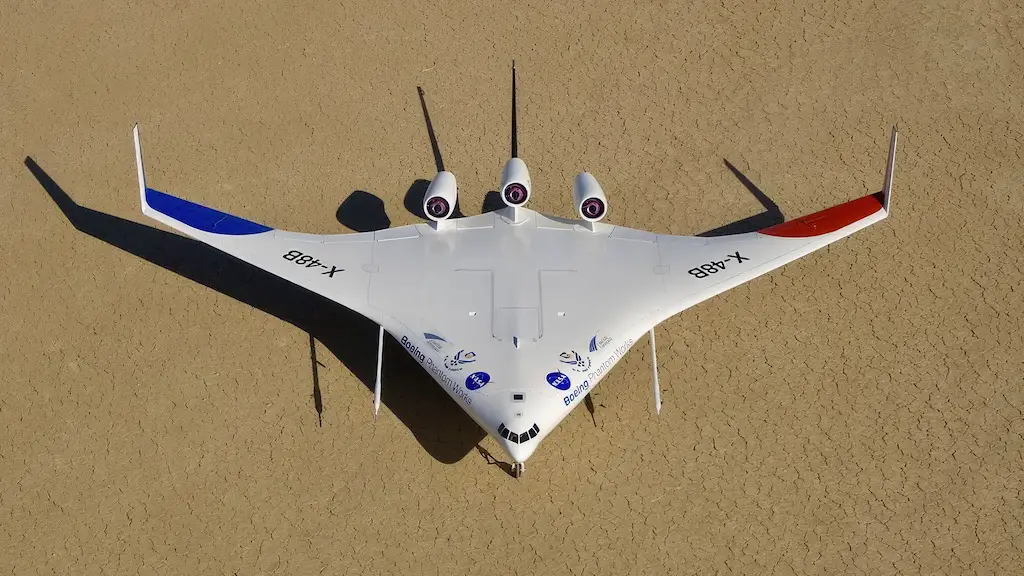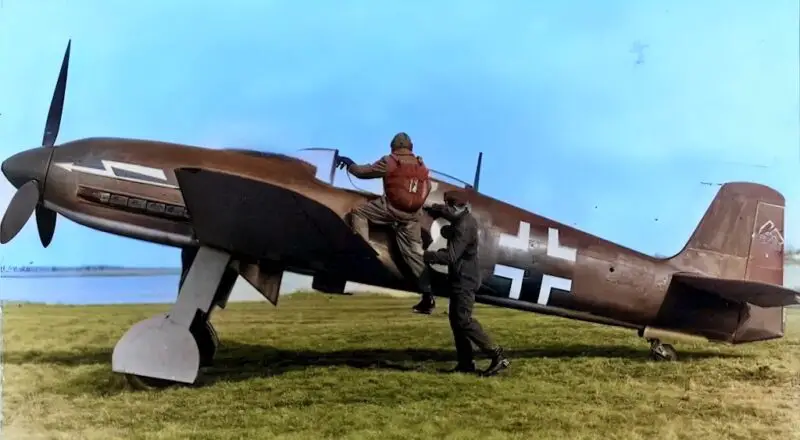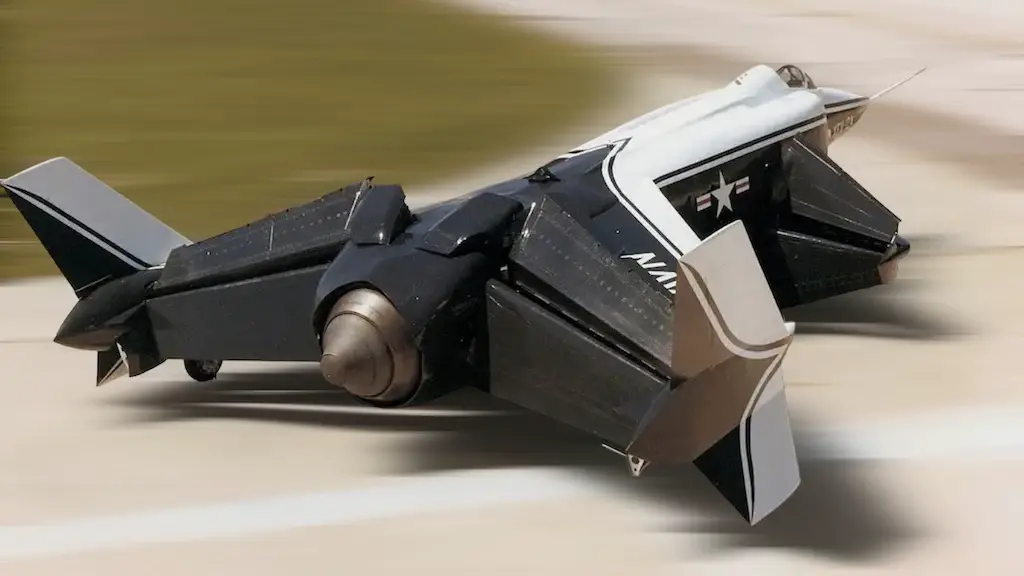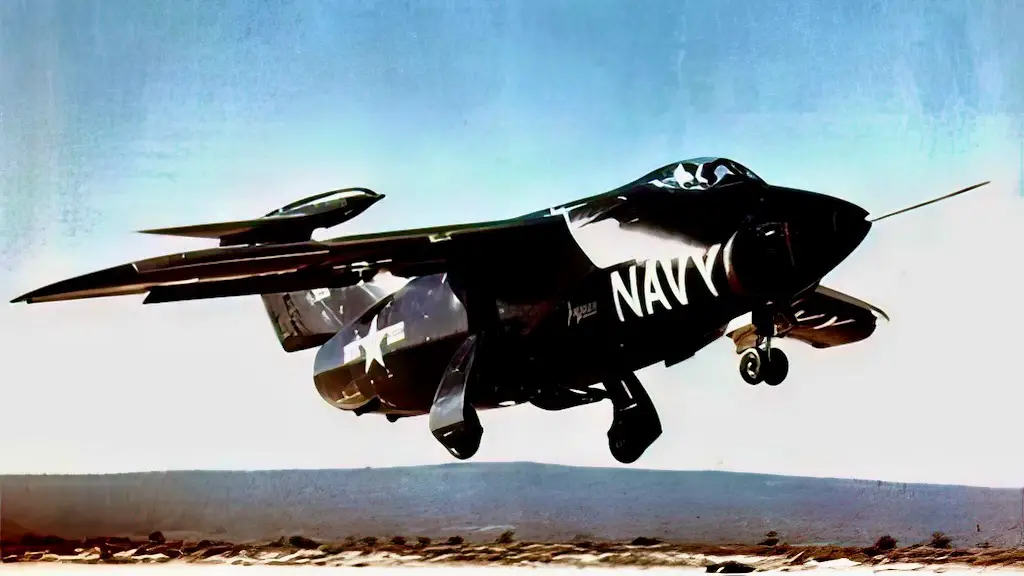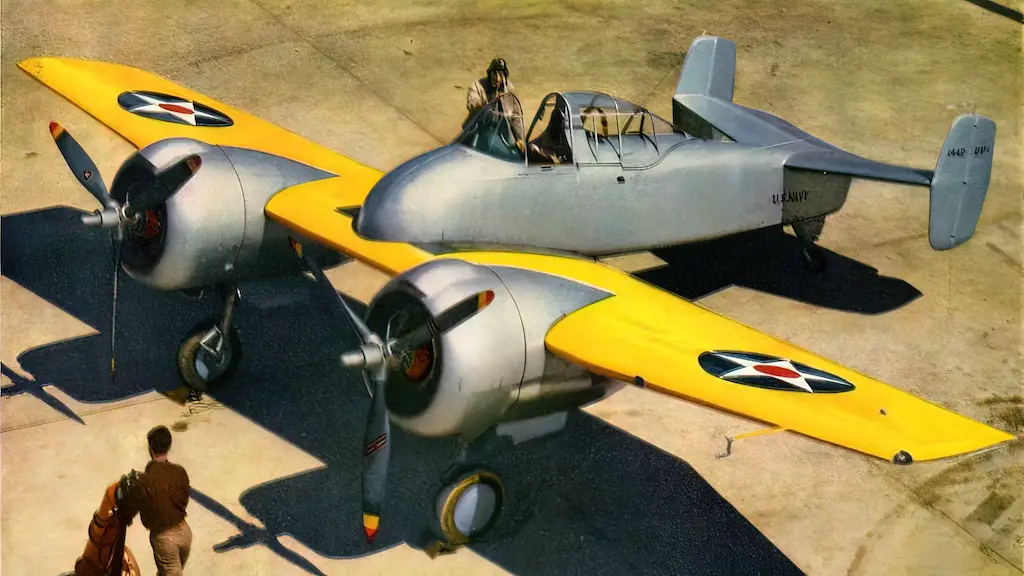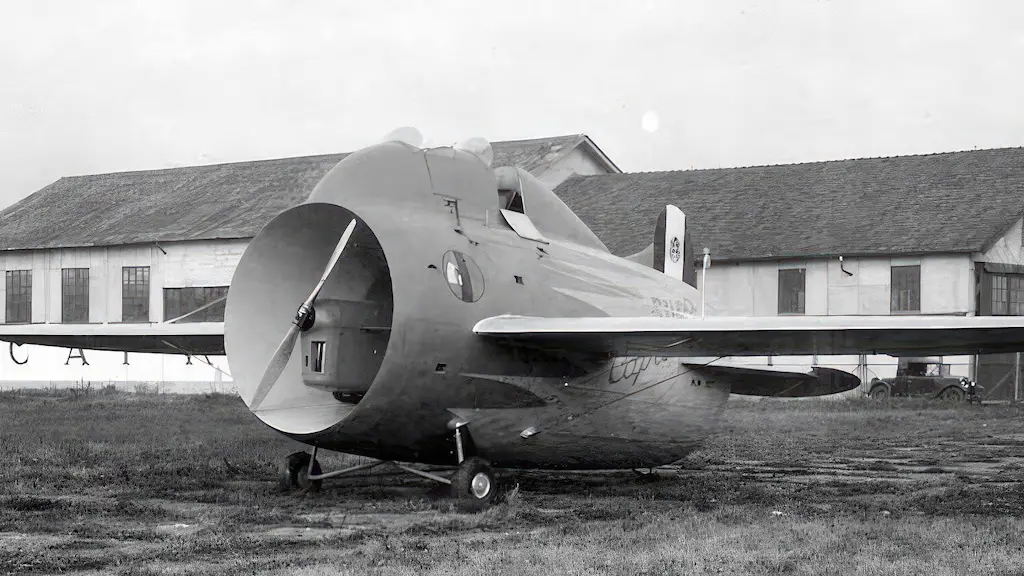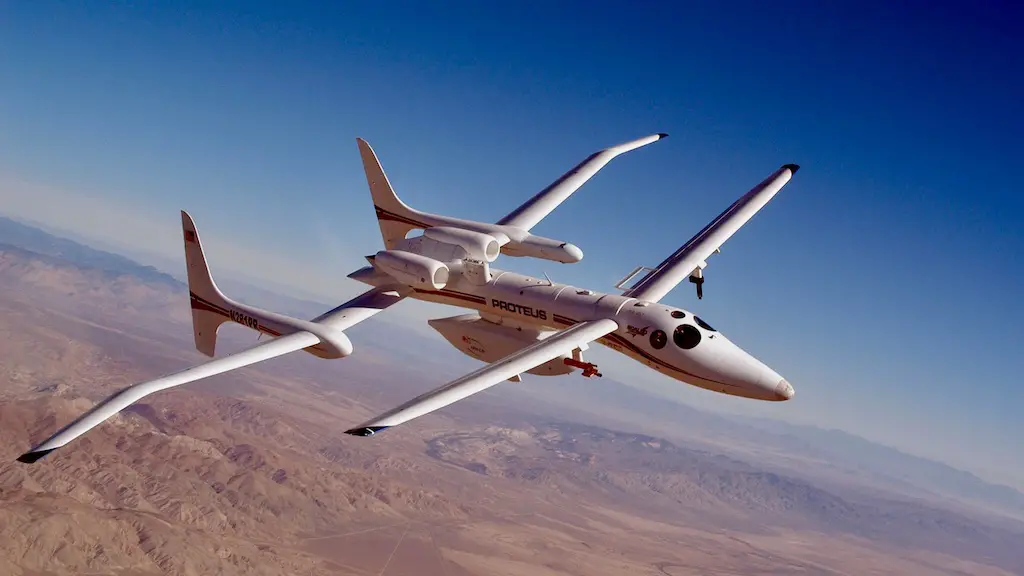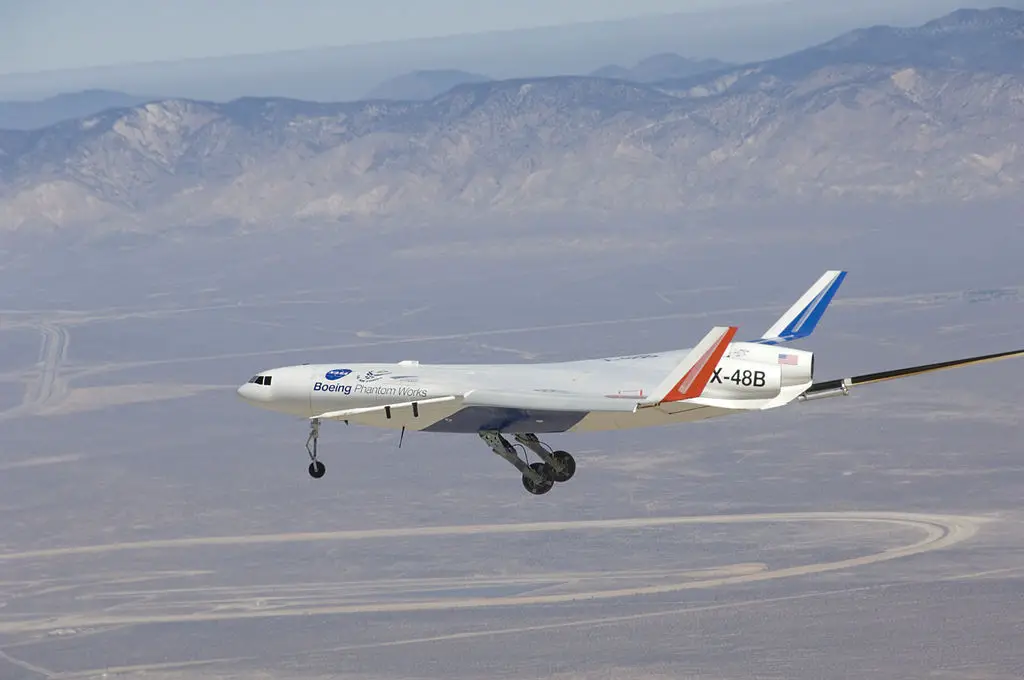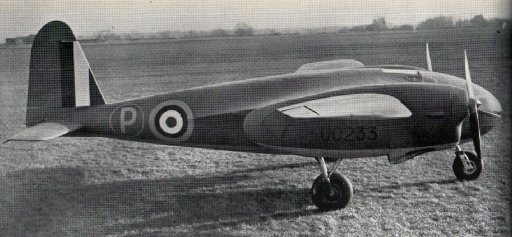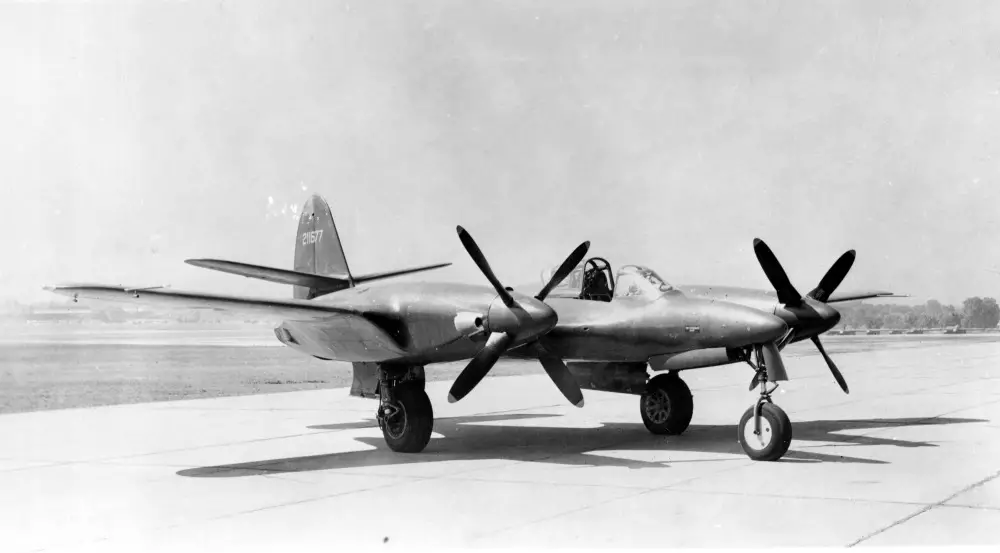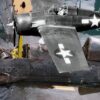The future of flight?
The X-48 is basically a UAV (unmanned aerial vehicle). Not unlike the popular drones that we see today zipping about the sky. Although unlike those drones this had designs on being something more in the future. It was an attempt to create a new type of commercial airliner that would have reduced fuel burn, emissions, and noise.
This would have been achieved through a unique merger of efficient advanced wings and a wide airfoil-shaped body. Its blended wing body (BWB) is just that a fixed winged elements contoured with the fuselage to produce a flying wing type aircraft.
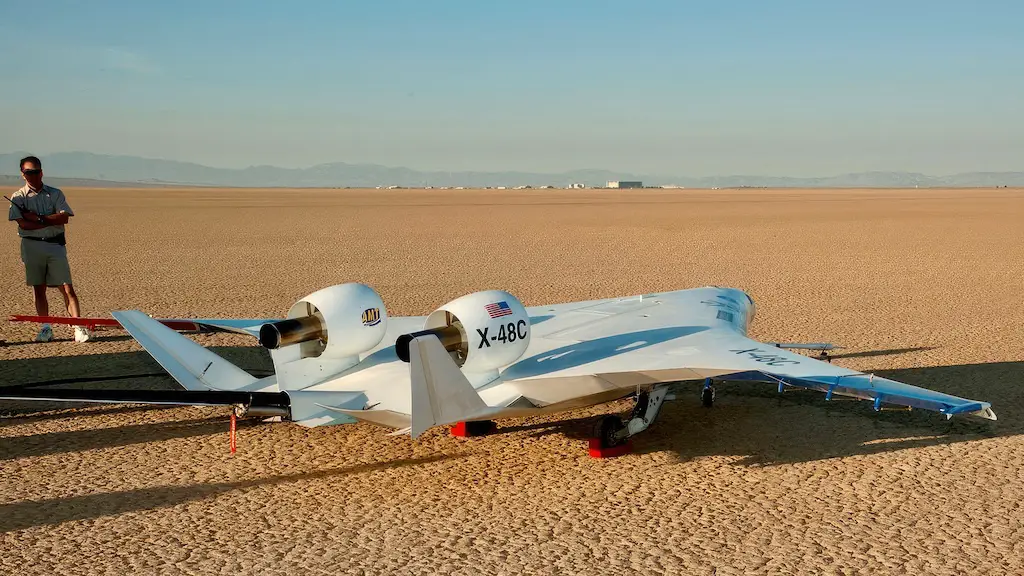
Commercial airliners
Commercial airliners are essentially long tubes with wings attached to them; this design is relatively cheap and makes it easier to pressurize the aircraft. However, the advantages of a blended wing would have to balance the additional expenses of more complex construction, the challenge of moving sub-assemblies, and the requirement for unique passenger loading terminals at airports for it to be financially viable. Although the idea is intriguing, there are several difficulties to solve.
Blended wing body (BWB)
Early in the 1920s, Nicolas Woyevodsky created a hypothesis of the BWB, and after conducting testing in a wind tunnel, the Westland Dreadnought was built. The project was abandoned after it stalled during its initial flight in 1924, seriously injuring the pilot.
The Miles M.30 “X Minor” research prototype was developed to look into the concept when it was once more put forth in the early 1940s for a Miles M.26 aircraft project. The McDonnell XP-67 interceptor prototype also took to the air in 1944, but it fell short of expectations.
NASA revisited the idea in the 1990s with the help of Stanford University’s BWB-17 artificially stabilized 17-foot (5.2 m) (6% scale) model, which was flown in 1997 and showed good handling characteristics. Later, NASA and Boeing worked together to explore the BWB concepts for the X-48 unmanned aerial vehicle.
Testing
The prototype model made a total of 122 flights, most of which were brief. The X-48B and X-48C were two somewhat different prototypes for the X-48. Each of the three small jet engines on the X-48B produced 50 pounds of thrust. Although it had no tail, the swept-back wings’ winglets served as substitutes for wings.
On the other side, the X-48C only had two somewhat bigger engines that each produced 89 pounds of thrust. The X-48C has a tail assembly with two tiny control surfaces at the back instead of winglets. It had slightly wider wings. It weighed about 500 pounds and could go at a top speed of 140 mph. According to reports, the highest point was 10,000 feet.
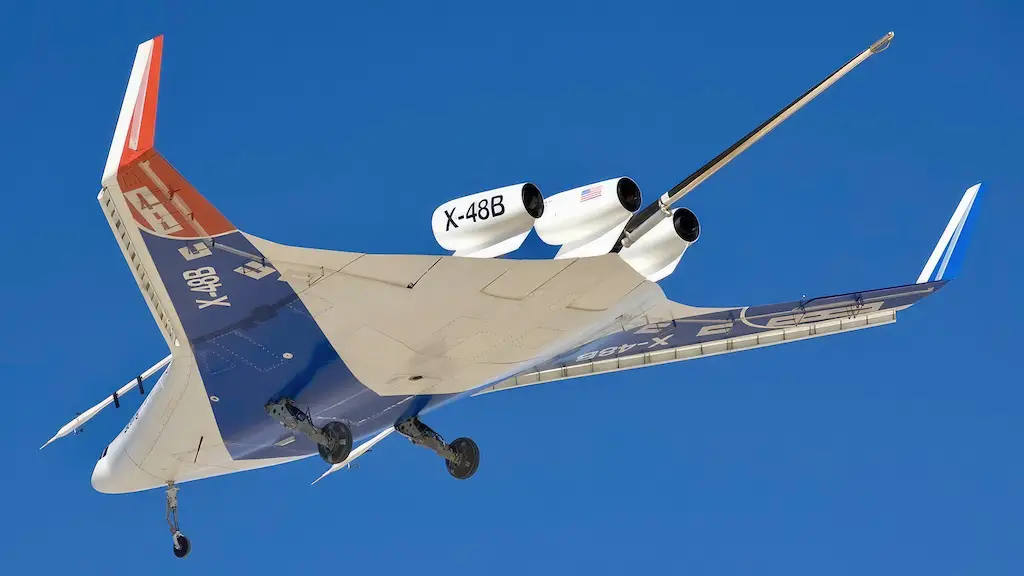
Advantages
Theoretically, a blended wing body design has multiple advantages. First, the design is stronger structurally because the wing makes contact with the fuselage almost along the whole length of the aircraft, as opposed to only in the middle, as is the case with conventional commercial airliners.
A blended wing bodies huge internal volume allows for more fuel, passengers, and cargo storage, providing a design advantage in terms of capacity. In addition, the blended wing body design is more fuel-efficient and aerodynamically effective, which may result in reduced carbon emissions.
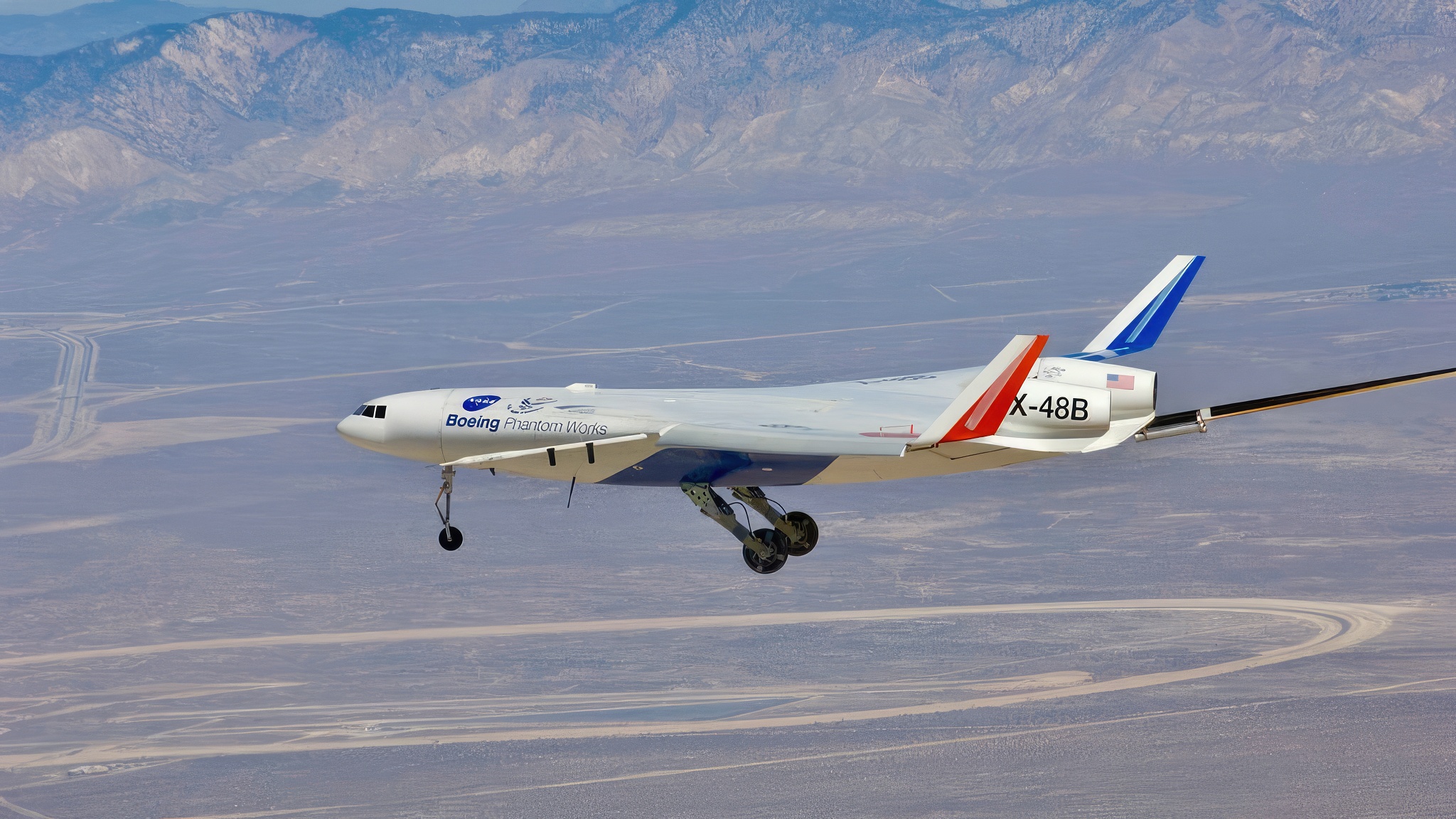
Disadvantages
However, there are a number of engineering problems that would need to be solved. For example, there would be more people on board, making emergency exits more difficult to reach than in a fuselage with a tubular design. Additionally, some people might not want to sit in the middle of the aircraft, further from the windows.
As a result of being further from the plane’s center of gravity, passengers in window seats could feel more motion sickness during turbulence or routine flight operations. It might take some time before airports accept giant, high-capacity jets because they are now designed for conventional planes, which means that we are not likely to fly in one anytime soon.

